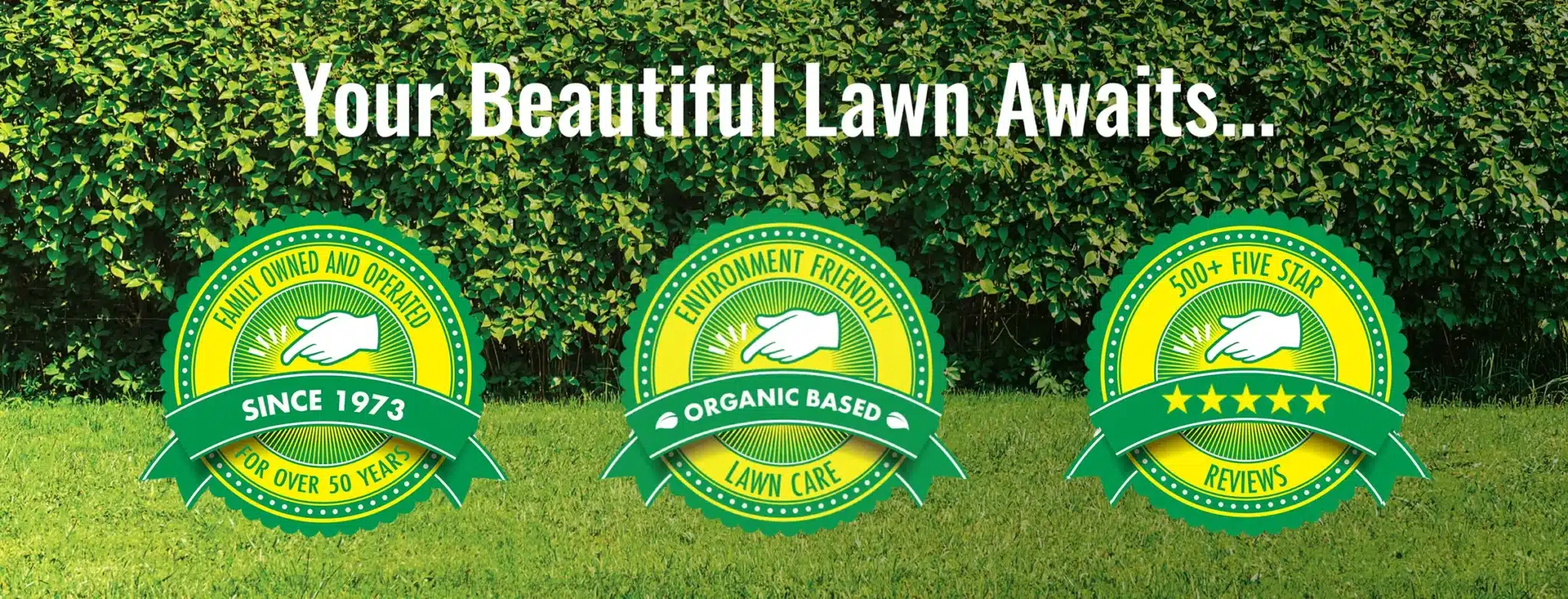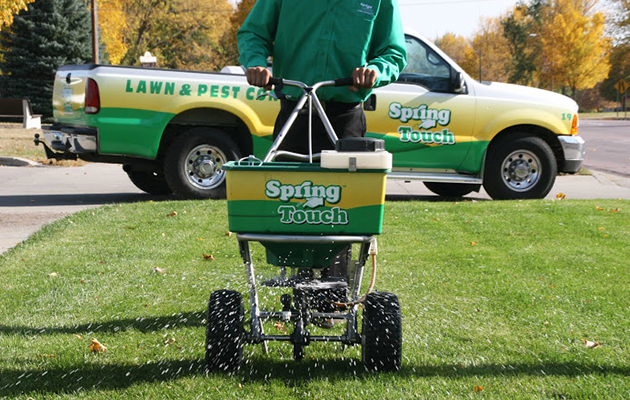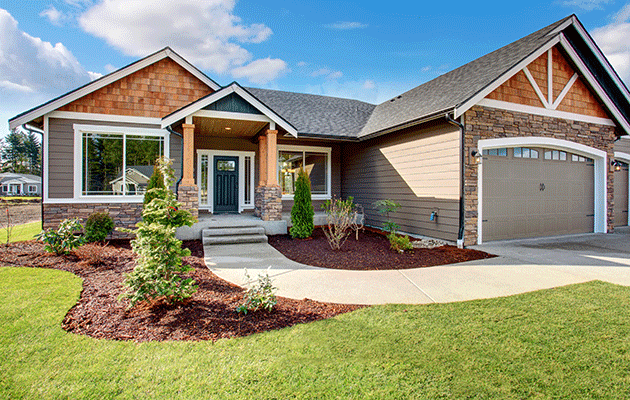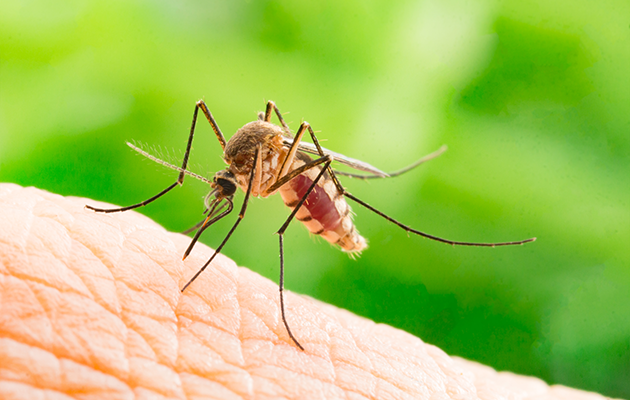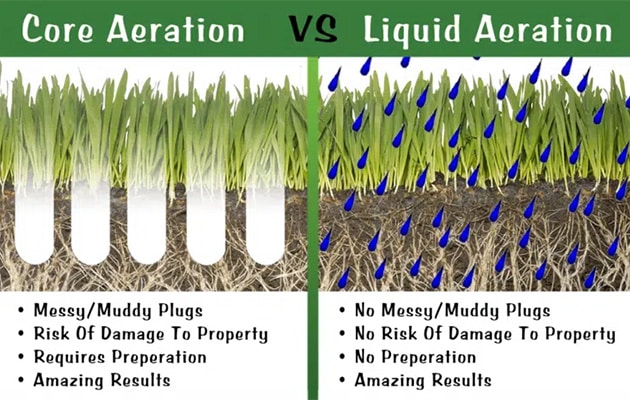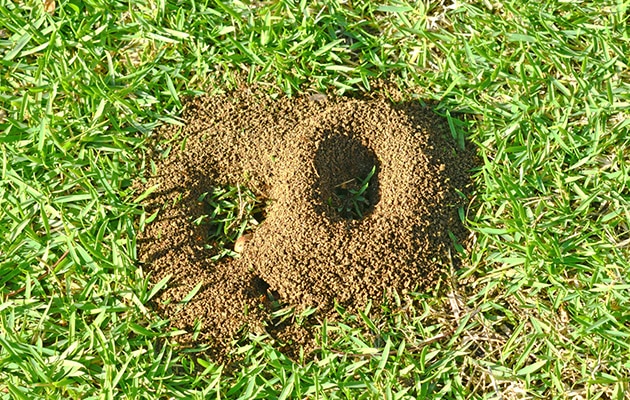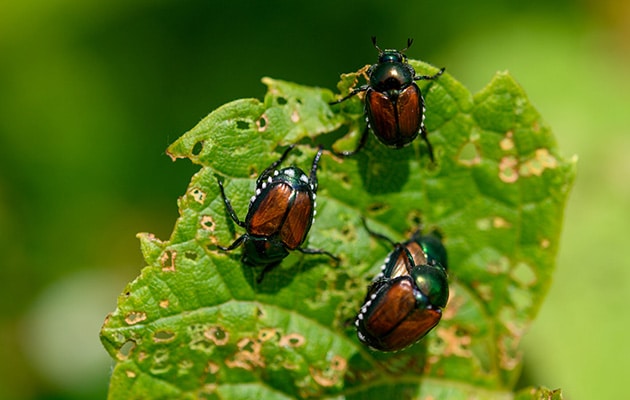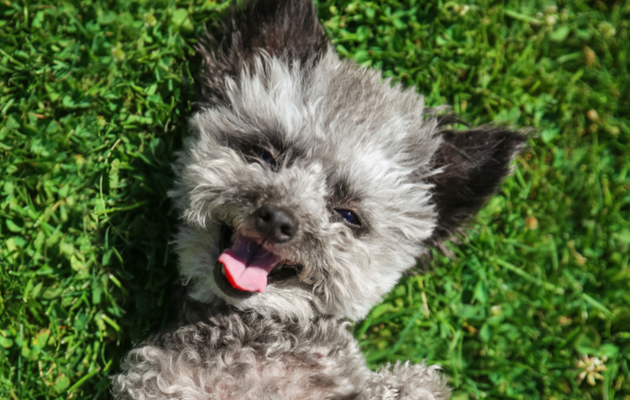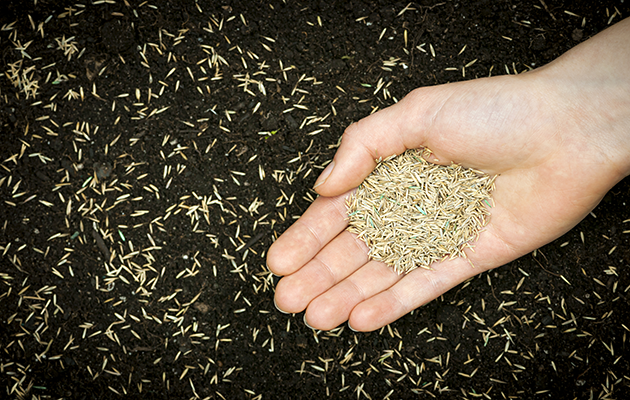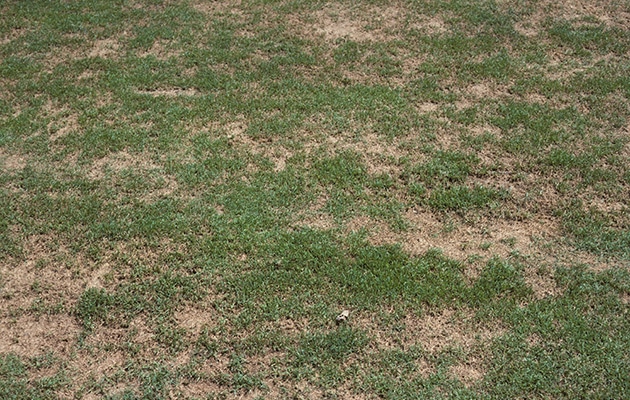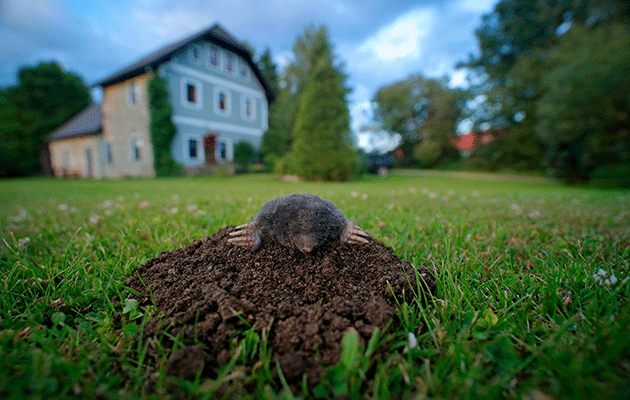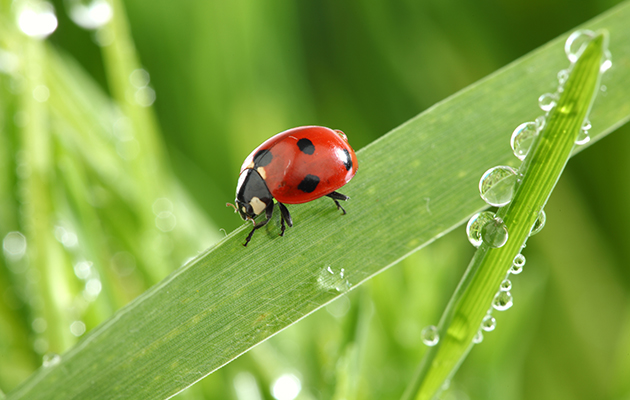Aeration & Seeding
What is Aeration?
Core aeration is one of the most beneficial treatments available for your lawn. Aeration helps control thatch, improves the soil structure, helps create growth pockets for new roots, and opens the way for water and fertilizer to reach the root system of your lawn. Annual or semi-annual aeration is advised for all lawns on heavy clay soils, those with thatch buildup, and any lawn that needs to be, "thickened up".
How Often Should I Aerate?
We recommend aerating ever year. The best times to aerate are during the spring and fall. Fertilization may be done before or after aeration and no after service maintenance is required. The plug-size holes left in the lawn by aeration will fill themselves in naturally over time and do not need to be removed.
Why Should I Aerate?
The main benefit of aeration is that it reduces soil compaction, which prevents absorption of water and nutrients to the root zone of your lawn. Aeration involves extracting small plugs of soil, known as "cores" from the landscape to allow air, water, and nutrients to penetrate the root system and nurture the overall health and quality of the lawn.
How Do I Sign Up?
We offer both spring and fall aeration with or without seeding, but we recommend seeding for the best results. Get A Free Instant Quote! to sign up for aeration and seeding today!
Download Watering Instructions Here
Lawn Seeding and Watering Instructions
Now that your lawn has been seeded, here are some tips that should get your lawn off to a thick, healthy start. A little attention, in the beginning, goes a long way toward providing years of beauty and enjoyment.
Watering
The single most important requirement for germinating turf grass seed is adequate moisture. Keeping the seed damp, either by rain or irrigation, is critical to proper seed development. With proper watering and germination, seed should be readily evident in 21-28 days.
The first watering can be done right away. You should moisten the soil to a depth of ½” to 1”... but gently. Be careful not to apply the water so it puddles or with such force that it washes away soil or dislodges the seed.
After the initial watering, irrigate the newly seeded area lightly and frequently. Watering should be done two or three times a day, if possible until the grass begins to germinate. As the new grass begins to mature, the watering frequency should be reduced and the duration of each watering increased. Watering at night is not recommended.
Activity
Too much activity on your newly seeded lawn can interfere with seed germination. Please limit the amount of activity on your lawn for the first 4 - 6 weeks.
Mowing
Your new grass will be ready to mow when the grass plants are higher than the height at which you normally mow. In other words, if you plan to regularly cut the lawn at 3½”, mow it for the first time when it is about 4” tall. It’s a good idea to follow the rule of thumb of never removing more than ½ of the leaf blade at any one time. Also, don’t mow if the ground is too wet.
Keep in mind that the most important requirement for proper mowing is a sharp mower blade. A dull blade rips and shreds the grass instead of cutting it; new seedlings can actually be torn from the soil.
Warranty
Please note, Spring Touch is not responsible for any damage to underground wires or sprinkler systems. Due to the fact, we do not know where or how deep objects may be underground. The MN Department of Industry recommends all wires and sprinkler systems be at a depth of 12 inches.
A Final Note...
A lawn is like any other living thing. When properly nourished and cared for, it thrives. With adequate attention, the lawn we seeded will provide a beautiful environment for you and your home for many years.
If you have any questions about your newly seeded lawn, please do not hesitate to contact us at 507-388-9100.
Additional Services
-
Lawn Care Programs
Our specially designed lawn care programs are created to fit your lawn's individual needs and are organically based to help minimize the impact on the
View service details -
Perimeter Insect Control
Keep your home bug free! We have found the best way to keep insects out of the home is to eliminate the point of entry
View service details -
Mosquito Control
Your home is your personal sanctuary, your refuge from the world. You've worked hard to create a place that your family can enjoy. Let us
View service details -
Organic Liquid Aeration
Introducing our NEW liquid aeration! No unsightly soil cores and better results! Receive better aeration results with our liquid aeration that penetrates 6-8 inches into
View service details -
Ant Control
Ants can quickly turn your lawn into their very own playground by building ant hills around your lawn. If left untreated, this can turn into
View service details -
Japanese Beetle Control
Do you have trouble with Japanese Beetles causing damage to your plants and trees? If so, we can help! We have designed a specific program
View service details -
Flea & Tick Control
You deserve to enjoy your yard and have fun with the kids or pets without being at the mercy of annoying insects and their painful
View service details -
Aeration & Seeding
Core aeration is one of the most beneficial treatments available for your lawn. Aeration helps control thatch, improves the soil structure, helps create growth pockets
View service details -
Lawn Disease Control
Turfgrass is susceptible to many different types of diseases and once established, these diseases can be devastating. If your lawn is suffering from any of
View service details -
Grub Control
Stop moles before they destroy your lawn! Moles like to tunnel under the soil which pushes up the dirt and sod. The best way to
View service details -
Organic Lawn Care Program
If you're looking for an organic approach to lawn care, we offer organic granular fertilizer applications and can personalize a program for you. Check out
View service details


